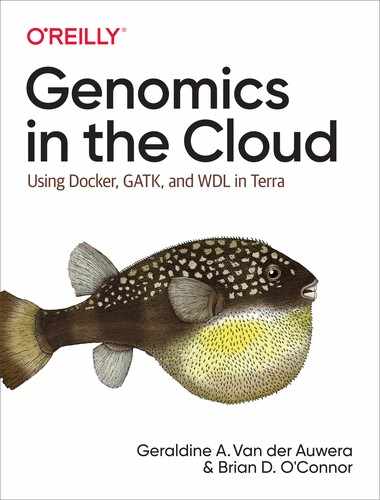Book Description
Data in the genomics field is booming. In just a few years, organizations such as the National Institutes of Health (NIH) will host 50+ petabytes—or 52.4 million gigabytes—of genomic data, and they’re turning to cloud infrastructure to make that data available to the research community. How do you adapt analysis tools and protocols to access and analyze that data in the cloud?
With this practical book, researchers will learn how to work with genomics algorithms using open source tools including the Genome Analysis Toolkit (GATK), Docker, WDL, and Terra. Brian O’Connor of the UC Santa Cruz Genomics Institute and Geraldine Van der Auwera, longtime custodian of the GATK user community, guide you through the process. You’ll learn by working with real data and genomics algorithms from the field.
This book takes you through:
- Essential genomics and computing technology background
- Basic cloud computing operations
- Getting started with GATK
- Three major GATK best practices for variant discovery pipelines
- Automating analysis with scripted workflows using WDL and Cromwell
- Scaling up workflow execution in the cloud, including parallelization and cost optimization
- Interactive analysis in the cloud using Jupyter notebooks
- Secure collaboration and computational reproducibility using Terra
